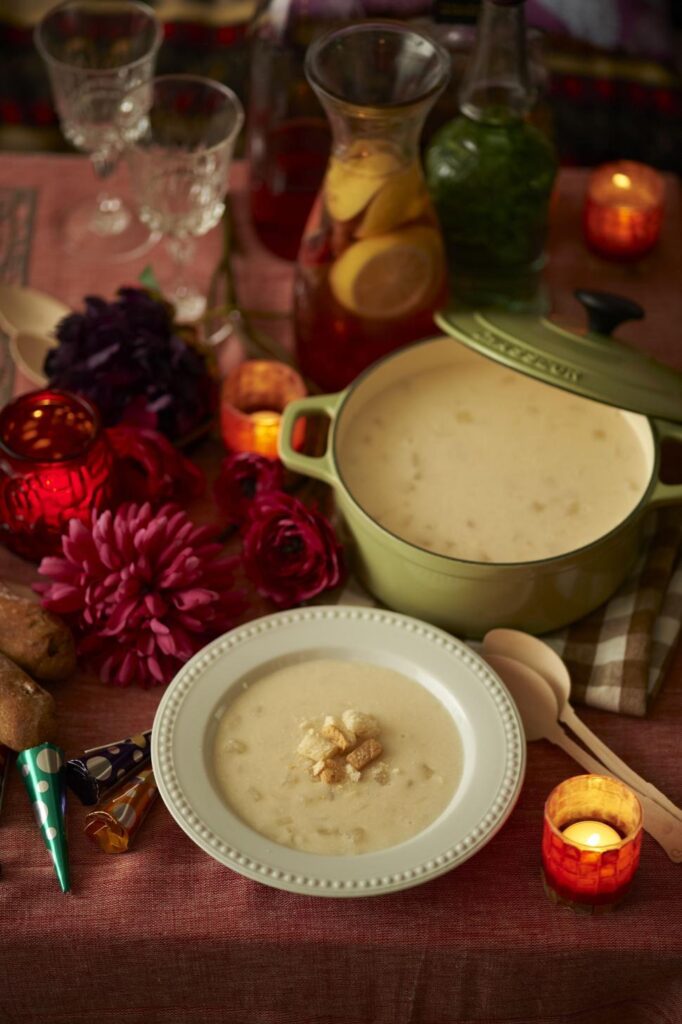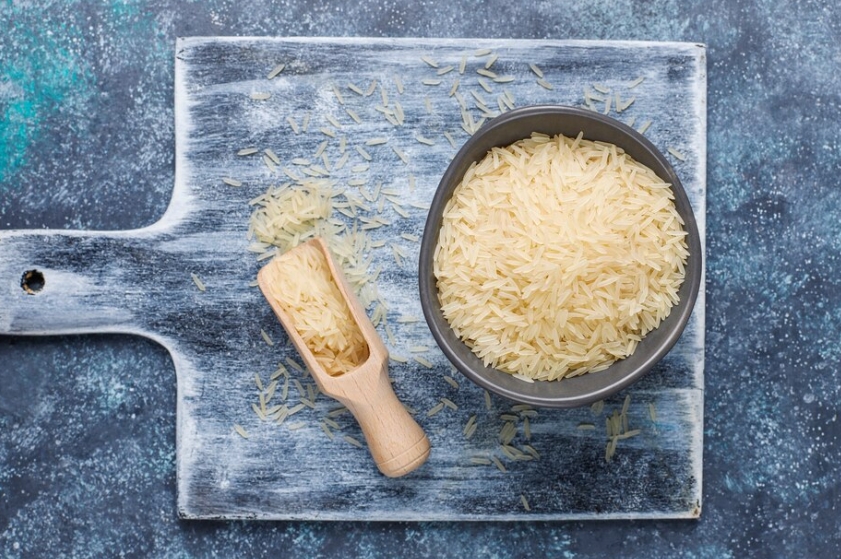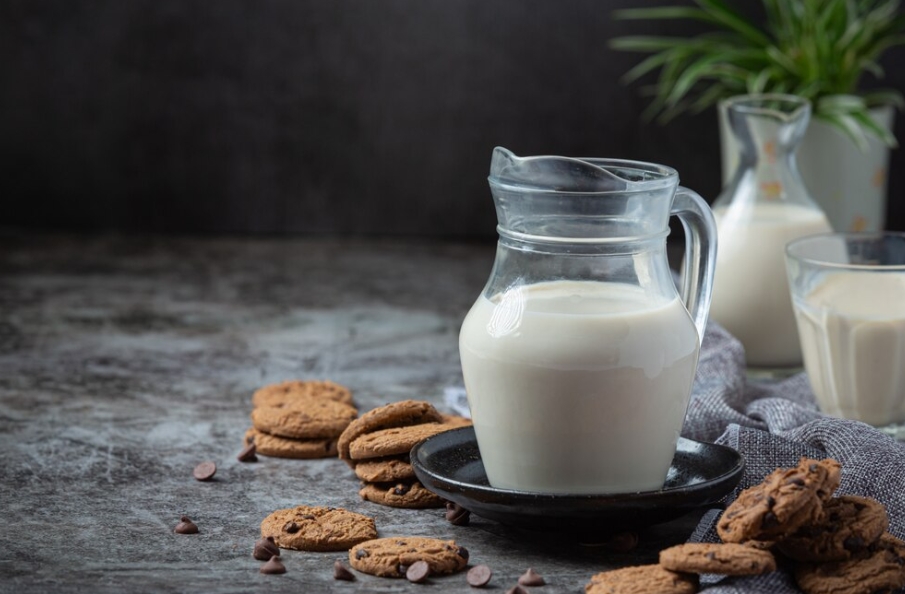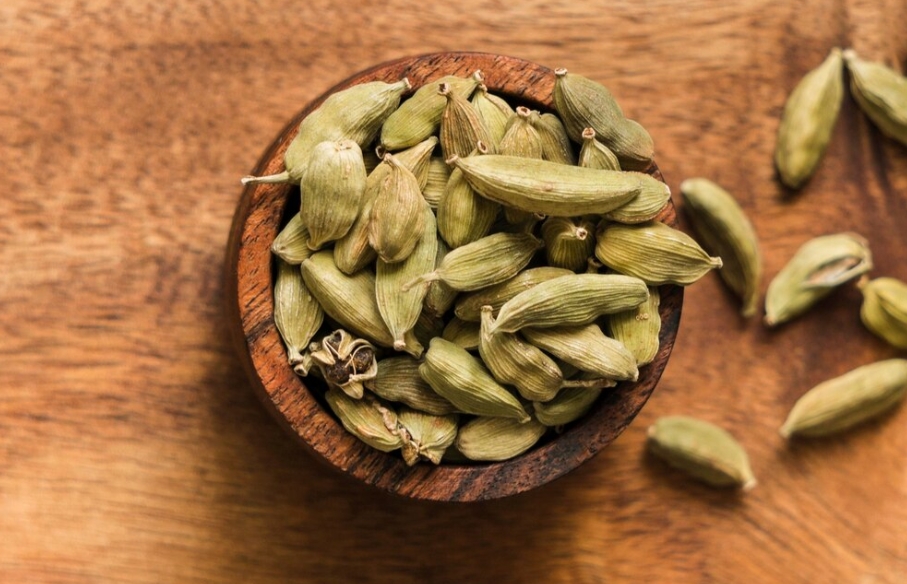Note
- Basmati rice lends a wonderful fragrance, but any white rice works well.
- Adjust the sugar to suit your taste preferences.
- Garnish with extra nuts and saffron for a festive touch.
Journey of Kheer (Indian Rice Pudding)
More than just a delicious delicacy, kheer, a dessert that epitomizes Indian culinary traditions, is a tale of tradition, devotion, and community. Through its creamy, fragrant appeal, kheer has brought people together over generations, bridging cultural and geographic divisions.
Historical Context
Kheer has its origins in ancient India, when it was considered a sacred sacrifice. It was made at temples as a prasad (holy food) for the gods and given to worshippers; it is called "payasam" in Sanskrit. Kheer, a symbol of wealth and purity, is mentioned in rites and feasts in ancient writings such as the Upanishads and Puranas. Kheer was a food of spiritual significance in those days since rice, milk, and jaggery were revered ingredients.
The varieties of kheer expanded along with the expansion of Indian kingdoms. During the Middle Ages, the inclusion of dry fruits, saffron, and rose water was brought about by Persian and Mughal influences, giving the meal opulent flavors. It became a mainstay in royal kitchens, where chefs used unusual ingredients like almonds and pistachios to increase its rank.
Evolution Across Regions
One of Kheer's most appealing features is its versatility. There are numerous versions of this dish found throughout the Indian subcontinent, each of which reflects regional ingredients and customs.
South India: Known as payasam, this variation frequently incorporates coconut milk and jaggery, giving the food a rich, tropical sweetness.
West Bengal: The Bengali version, Payesh, adds date palm jaggery in the winter to give it a unique flavor.
North India: Here, kheer is usually enhanced with milk, sugar, and cardamom and topped with a heaping helping of raisins and almonds.
Kheer's widespread appeal is further demonstrated by the fact that it has parallels in other cuisines, such as the British rice pudding and the Persian shir berenj.
Key Ingredient Significance
In Indian culture, the three main ingredients—milk, rice, and sugar—stand for sweetness, abundance, and nourishment. The patience and attention to detail required in traditional Indian cooking are reflected in the slow cooking process, where the milk thickens and absorbs the starch from the rice.
Often used to flavor kheer, cardamom, saffron, and rose water offer depth of aroma and a festive feel. Richness and texture are added by nuts and raisins, turning this simple dish into a decadent treat.
Modern Appeal
Kheer was as common in ancient temples as it is in contemporary kitchens. Warm at winter festivities or cooled as a cool summer dessert, its adaptability makes it appropriate for a number of settings. Kheer frequently graces birthdays, anniversaries, and special family meals in modern Indian homes.
Additionally, the dish has been included into global fusion cuisine. To appeal to health-conscious consumers while maintaining the dish's flavor, chefs experiment with quinoa, oats, or even chia seeds. Almond or coconut milk-based vegan variants are becoming more popular among a variety of dietary groups.
Fun Facts About Kheer
"Kheer" comes from the Sanskrit word "ksheer," which means milk.
It is thought that kheer was served at the fabled feasts that the Mahabharata recounts.
Payasam's cultural significance is demonstrated by the fact that it is an essential component of the sadya (feast) during Kerala's Onam festival.
A global record was set in 2010 when Andhra Pradesh, India, produced the largest kheer in the world, weighing over 14,000 kg!
A Dish That Binds Generations
Making kheer together with family members often results in lifelong memories. Kheer becomes ingrained in family customs through grandmothers pouring milk in heavy-bottomed pots, kids anticipating their first mouthful, and the enticing perfume filling the air.
This dessert encourages us to sit down, enjoy the warmth it provides, and see the beauty of basic ingredients—even in today's hectic world. It serves as a reminder that food is a means of love and connection in addition to being a source of nourishment.
Know that you are carrying on a timeless tradition of coziness and warmth when you make kheer in your kitchen.
We appreciate your participation in this delightful exploration of the magic and history of kheer!






